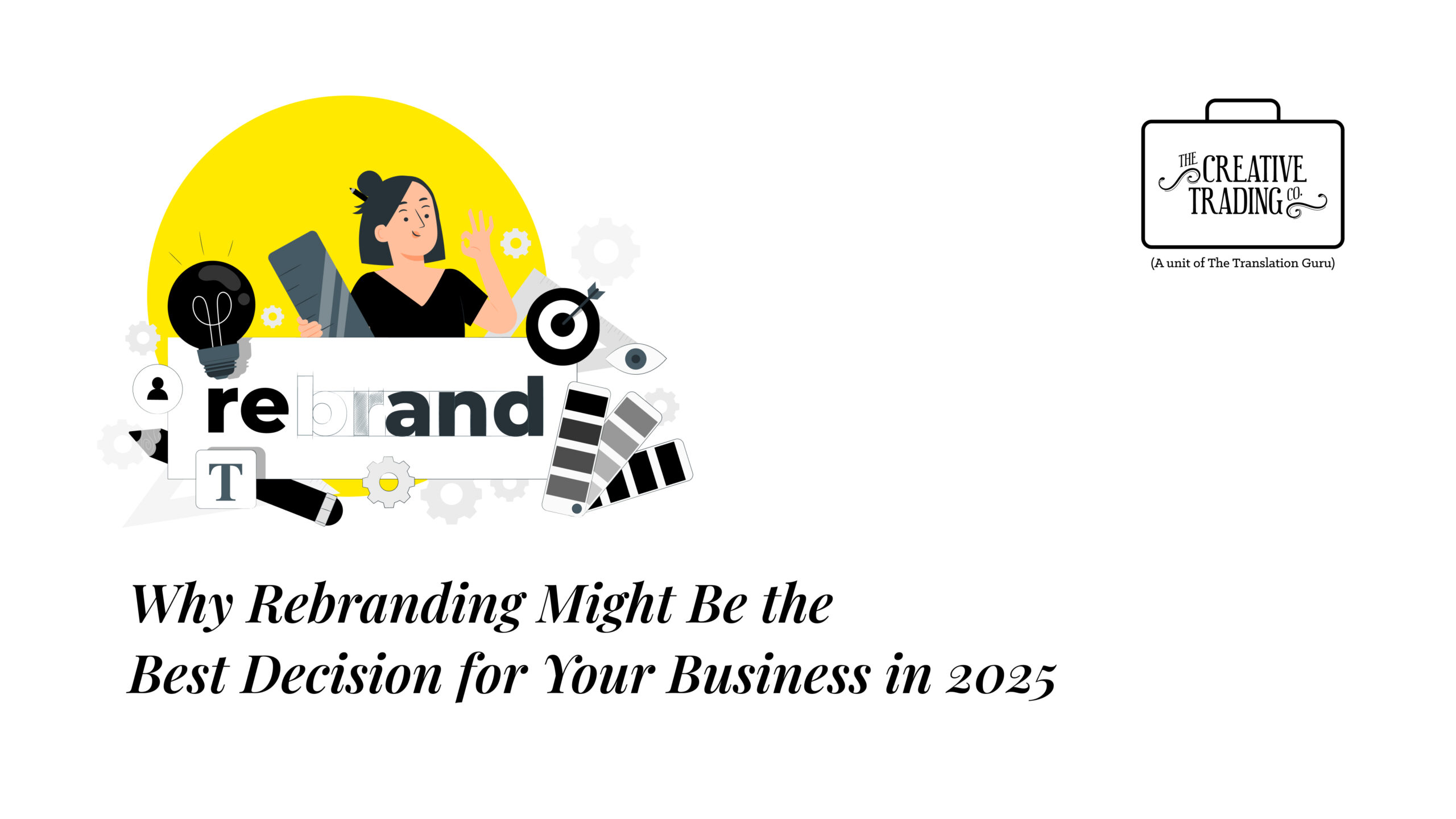Branding Services Trends in 2025: What Every Business Should Know

Introduction: The Shifting Sands of Branding in 2025
The branding landscape in 2025 is undergoing a significant transformation. No longer confined to just logos and taglines, effective branding now encompasses a holistic experience that resonates deeply with consumers. If your business is questioning the relevance and effectiveness of its current brand strategy, you're on the right track. This year, the emphasis is on dynamic engagement, authentic connection, and a forward-thinking approach that leverages emerging technologies and evolving consumer values. Understanding and adapting to these shifts is crucial for maintaining a competitive edge and fostering lasting customer relationships. Let's delve into the top branding services trends that are defining business success in 2025.
Top Branding Trends in 2025: A Deep Dive
- AI-Driven Personalization: The Era of Hyper-Tailored Experiences
- Beyond Basic Personalization: In 2025, AI's role in branding extends far beyond merely addressing a customer by their first name. Advanced AI tools analyze vast datasets of customer behavior, preferences, and interactions to create truly hyper-personalized experiences. This includes dynamically adjusting website layouts, recommending products or content with uncanny accuracy, crafting individualized email campaigns, and even personalizing ad creatives based on real-time user engagement.
- Impact on Customer Trust & Sales: This level of personalization fosters a sense of being understood and valued, significantly boosting customer trust and loyalty. When customers feel a brand truly "gets" them, conversion rates and customer lifetime value see a measurable increase. AI also empowers brands to anticipate needs and offer proactive solutions, further solidifying relationships.
- Minimalism and Sustainability: Values Driving Design
- The Power of Less: The trend towards minimalism in design reflects a broader societal shift towards simplicity and clarity. Clutter-free designs, clean lines, ample white space, and a focus on core messaging communicate sophistication and transparency. This isn't just about aesthetics; it's about conveying efficiency and purpose.
- Sustainability as a Core Brand Pillar: For modern consumers, sustainability is no longer a niche concern but a fundamental expectation. Brands are being scrutinized for their environmental and social impact. This trend influences everything from packaging design (using recyclable or biodegradable materials) to supply chain transparency and ethical manufacturing practices. Brands that authentically integrate sustainability into their core values and communicate it clearly through their branding will gain significant consumer preference and trust.
- Storytelling-First Branding: Weaving Emotional Narratives
- From Features to Feelings: In a saturated market, merely listing product features or service benefits falls flat. Consumers are seeking connection and meaning. Storytelling-first branding emphasizes crafting compelling narratives around the brand's origin, purpose, values, and the impact it has on its customers' lives. This could involve highlighting founder stories, showcasing customer testimonials that illustrate real-world transformations, or building a brand mythology that resonates emotionally.
- Building Loyalty Through Empathy: When brands lead with emotional stories, they tap into universal human experiences and create a deeper, more lasting bond with their audience. This human-centric approach fosters loyalty that transcends price or fleeting trends, turning customers into advocates.
- Interactive Experiences (AR/VR/Metaverse): Immersive Brand Engagement
- Beyond 2D: The rise of augmented reality (AR), virtual reality (VR), and the nascent metaverse offers unprecedented opportunities for immersive brand engagement. Virtual try-ons for fashion, interactive product demonstrations in a virtual showroom, AR-powered packaging that reveals hidden content, or branded experiences within metaverse platforms are rapidly becoming mainstream.
- Industry Adoption & Future Potential: While initially prominent in fashion, real estate, and gaming, this trend is rapidly expanding across industries. These interactive experiences offer a richer, more memorable brand interaction that can significantly influence purchasing decisions and brand perception. Brands that innovate in this space will capture the attention of a tech-savvy audience and demonstrate forward-thinking leadership.
- Consistent Multi-Platform Branding: The Seamless Brand Journey
- The Cohesive Ecosystem: In an increasingly fragmented digital landscape, consistency across all brand touchpoints is paramount. This means ensuring that your brand's visual identity (logo, colors, typography), brand voice, and messaging remain uniform whether a customer interacts with your website, social media profiles, email campaigns, physical packaging, in-store displays, or customer service.
- Building Trust & Recognition: Inconsistency creates confusion and erodes trust. A consistent multi-platform presence reinforces brand recognition, builds credibility, and creates a seamless, predictable experience for the customer, fostering a sense of reliability and professionalism.
Conclusion: Future-Proofing Your Brand in a Dynamic World
The branding landscape of 2025 is dynamic and demanding, requiring businesses to be agile and innovative. Is your business equipped to navigate these changes and truly connect with the modern consumer? At The Creative Trading, we specialize in delivering cutting-edge branding services that are meticulously designed to not only align with these transformative trends but also to robustly future-proof your brand against unforeseen shifts. By embracing personalization, sustainability, compelling storytelling, immersive experiences, and unwavering consistency, you can ensure your brand remains relevant, resonant, and remarkably successful.
Quick FAQ
- Q: Why is AI important in branding in 2025?
- A: AI is crucial because it enables hyper-personalization of customer journeys, leading to more engaging, relevant, and data-driven branding efforts that significantly boost customer satisfaction and sales.
- Q: How can small businesses adapt these branding trends?
- A: Small businesses can effectively adapt by prioritizing authentic storytelling that connects emotionally, maintaining rigorous brand consistency across all customer touchpoints, and integrating sustainable practices into their operations and messaging.